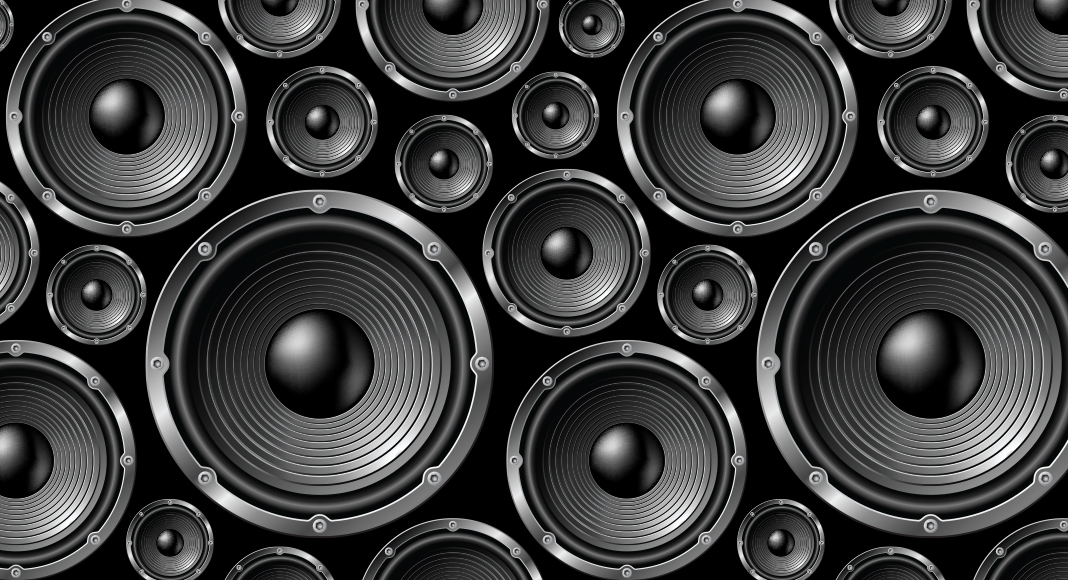Dynamics processing features are available through all major Digital Audio Workstations (DAWs), regardless of what version you’re currently using in your DAW.
We’ll cover the basics of dynamic processing so that you can begin your troubleshooting.
In this article
- What is Dynamics Processing?
- Why Use Dynamics Processing?
- Troubleshooting Dynamics Processing
- Staying Up to Speed with Improvements and Advancements
- How Do You Troubleshoot Dynamics Processing?
What is Dynamics Processing?
Dynamic processing contains audio editing features like compressors, limiters, expanders, noise gates, and more. Each offers a unique way to improve your audio files. To thoroughly understand what compressors, limiters, expanders, and noise gates do, check out this dynamics processing resource from PreSonus.
Why Use Dynamics Processing?
Learning to use dynamics processing features is an important skill, especially when dealing with vocal audio tracks and voice over. Many novice audio engineers rely heavily on the presets available within their DAW. But presets, while handy to use at the get-go, may hold you back from composing your best audio file if you don’t explore how to customize the recording for your unique voice and sound. Think of presets as a tool in your learning. You can use them as a rough guide to see what modifications make your recording shine — and then dive in further to customize.
It’s easy to grow accustomed to using presets, but as updates are made to DAWs and new software versions are released, the available presets may also change. This is one of many reasons why creating custom templates is an industry best practice. Essentially, you’ll want to make your DAW as efficient as possible by following these steps:
1. Identifying a collection of settings you like and that work for you
2. Creating a session template, which includes:
- Your preferred number of tracks
- Plugins and templates configured to your preference to enhance your unique sound
- Naming conventions (for tracks, files, etc).
3. Saving your template
4. Labeling your templates appropriately, such as if you have different ones set up for commercial work, narration, etc
Learning how each component of dynamic processing works will help you avoid leaning too heavily on presets. Learn more about how to leverage presets and how to develop your custom session templates.
Troubleshooting Dynamics Processing
Play around with the settings of your compressor, limiter, expander and noise gate. Trial and error is the only way to understand each feature’s impact on an audio file, significantly how they enhance or detract from the qualities of your unique voice.
Reading about how they technically work will only get you so far. You will not experience what they do until you enable your compression to an extreme point or set your limiter to a drastically low setting. That’s a great way to troubleshoot: Choose an extreme setting and work back from there to a more reasonable setting. It’s a process of elimination and whittling down to what makes sense.
Though learning to edit audio can feel overwhelming, with so many bells and whistles to try out, remember that in the past, everything was much more manual and laborious, producing a much lower-quality result.
Staying Up to Speed with Improvements and Advancements
Another critical factor in troubleshooting dynamic processing is staying current on the trends in how each component is being used. Audio engineers are constantly finding new ways to employ the elements of dynamic processing, and they often like to discuss their innovative discoveries. Research some audio editing publications and subscribe to their blogs and YouTube channels to stay updated on how DAW features are used in interesting ways.
This introductory video outlines how many components of dynamic processing work. After watching it, consider researching some publications to see how they’re expanding on these core uses.
How Do You Troubleshoot Dynamics Processing?
Do you have tips on troubleshooting dynamics processing in Adobe Audition? Please share your insights with our community in the comments below!

Comments
The “Limit Soft w/Boost” presets are as follows. First let’s get you there. In Adobe Audition 1.5 the path would be Effects>Dynamics Processing. In Audition 3 go to Effects>Amplitude and Compression>Dynamics Processing. (Audition 3 names it “Soft Limit”)From there you would click on the “Attack/Release tab and Input the following parameters. Under “Output Gain” put in 4, “Attack Time” is 5, “Release” is 15, Check mark the “Joint Channels”. Below that in the Level Detector box, your input gain should be 0, attack time .5 (Notice I said Point 5, not 5), and release time is 300. Check the “RMS” radio dot and set your lookahead time to 3. Leave the Noise Gate and Create Envelope check boxes unchecked. Now click on the Traditional tab at the top and input these parameters. In the first drop down menu under “Sections” choose “Compress”. Dot the number 2 radio dot and choose “Flat”. Then look under “Ratios”(Audition 3 calls it “Traditional”) and put in 999 (Put in 100 for AA3) and under thresholds and put in -6. Your “Output Compression” should be set at 0. Once these are set, go to the “Presets” box and choose “Add”.(AA3 just shows a little floppy disk icon to save your preset)Type Limit Soft -6db w/boost and then click “OK”.(AA3 lists it as “Soft Limit -6db)Then go back to the Thresholds column and change it to -24, click “Add” and type in “Limit Soft -6db w/boost and click “Add” again. Do this with -18db, -12db and you’ll have the original Adobe Audition 1.5 presets. Feel free to contact me with any questions you may have. I have Adobe audition 1.5 as well as AA3 and would be happy to help if I can. Good luck,
John McCann
Audioeast Recording